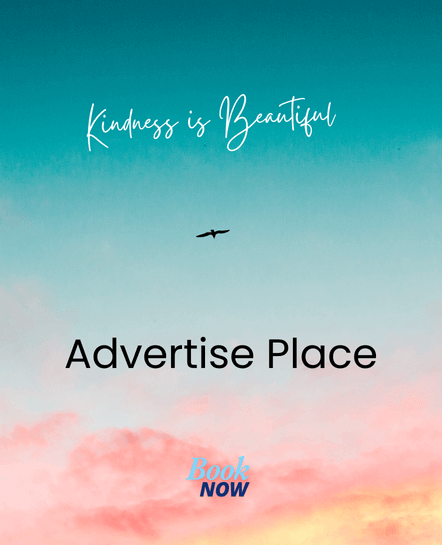Innovation
When an invention or idea is transformed into service or tangible good, the process is referred to as innovation. Any form of innovation often leads to the creation of value (Stamm, 2008). The targeted market might be ready and willing to pay for a good or service that has been innovated. Besides, specific need ought to be satisfied for an idea to be referred to as an innovation. The same notion should be replicable at a given economical cost. Diverse values are derived from resources when an initiative, imagination and relevant date are intentionally used during the process of innovation (Stamm, 2008).
It is also vital to mention that organizational objectives can be easily met when raw ideas are converted into useful concepts. Business entities are in a position to develop new alliance methods in order to advance the growth agenda. For instance, the purchasing power of buyers, flexible working hours, mergers and acquisitions can be facilitated swiftly when innovative ideas are put in place. Better still, processes and technology can be incrementally advanced in organizations through dynamic or evolutionary innovation (Stamm, 2008). On the same note, organizations can immensely benefit from innovation due to the creation of new markets.
Design
Organizational functions and structures can be reshaped through a well defined procedure. Alternatively, talents, metrics, rewards, processes and structures can be aligned in order to meet the set objectives of an organization (Stamm, 2008). The combined effect of the aforementioned aspects is referred to as organizational design. When organizations compete in a given market, they can be in a position to create new capabilities especially when the most appropriate elements of organizational design are adopted. It is vital to mention that both organizational design and innovation serve the main purpose of propelling performance. However, innovation usually stems from organizational design. Moreover, strategic execution of innovative ideas largely relies on the element of organizational design (Stamm, 2008). When repeated changes are made in business enterprises without the application of suitable organizational design, the desired objectives can hardly be met. Organizations that change structures alongside vivid design objectives are at a vantage position to reap the benefits of the target market. In other words, an effective organizational design lays a firm background for developing innovative ideas. Resources can be properly organized when the design aspects are in tandem with both the short and long term objectives of an organization.
Creativity
On the other hand, organizational creativity attempts to sum up the overall state of a business enterprise (Stamm, 2008). While innovation and organizational design might be propelled by individuals, creativity can hardly be driven by a single person. Creativity refers to the core factor that exalts synergies. It can also be viewed as the evolution aptitude that fuels various growth aspects of a business unit. Creativity and innovation are closely related even though they are different concepts altogether (Stamm, 2008). For instance, creativity denotes the ability to modify or come up with new concepts. It is part and parcel of aptitude while innovation depends on creative ideas in order to develop. The aspect of creativity is also anchored on a given organizational system.
Social systems are collectively required for creativity to take place. Nonetheless, both organizational design and creativity demand the element of change even though it may not be an adequate condition for creativity to flourish. Systems can easily evolve themselves in the presence of creativity while organizational design and innovation require strategic development of ideas on a regular basis.

Leave a Reply